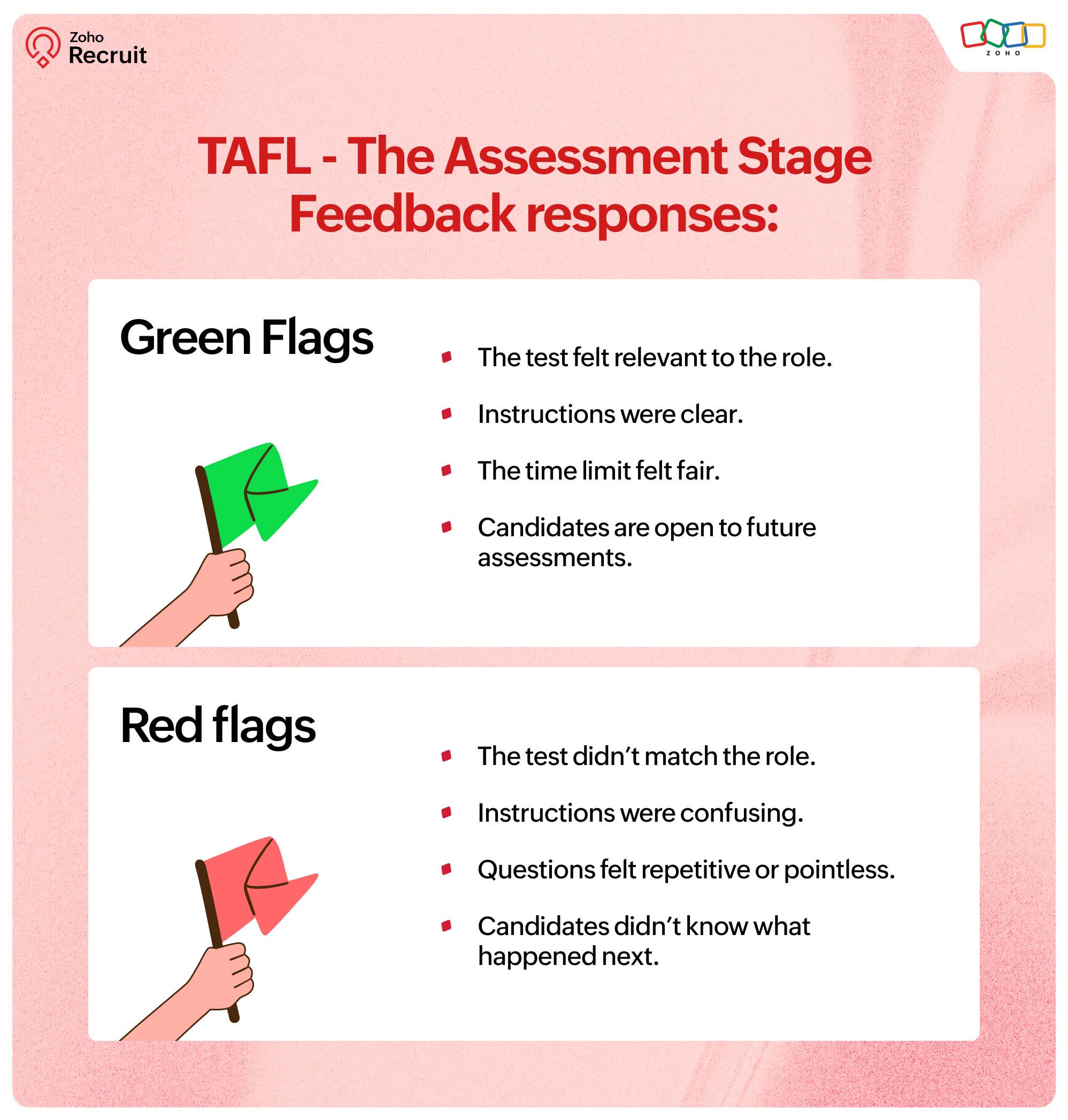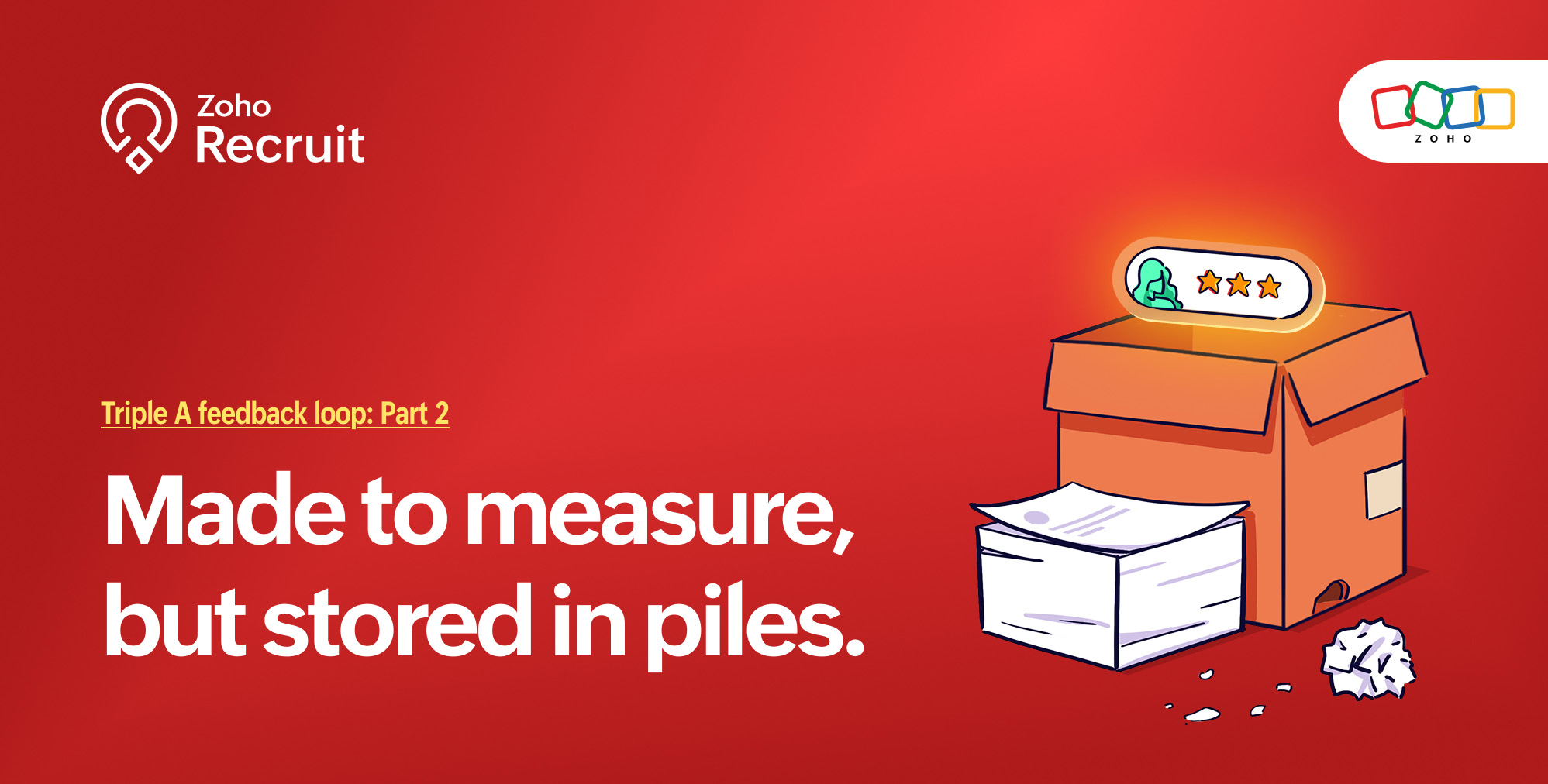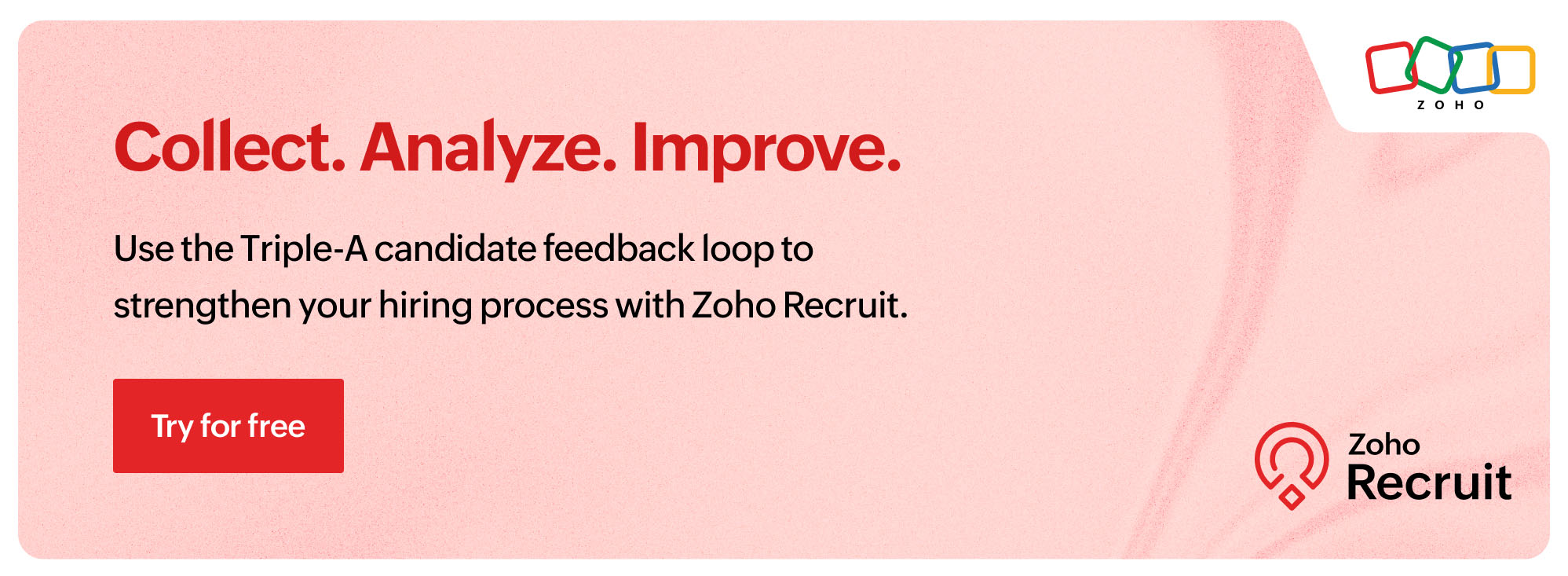Want the full picture? Check out Part 1 and Part 3 of our Triple-A Feedback Loop (TAFL) series.
You introduced yourself.
You became good friends.
You both agreed to catch up for brunch.
And then...you left them hanging.
This is how most candidates feel during the assessment stage of the Triple-A Feedback Loop (TAFL) system. Often the quietest and longest part of the hiring process, this stage covers the period from resume acceptance to the initial technical interview. It's where momentum can stall, and silence can speak volumes.
This is part 2 of our exploration of the TAFL system, where we'll dive deep into the assessment stage.
The real "why"
At this point, candidates are engaged just enough to form opinions, build expectations, and emotionally invest in the job opportunity. This stage makes or breaks their experience. While designing questions and evaluating skills is crucial at this point, so is collecting feedback the right way.
By adopting assessment-stage feedback, you can:
- Improve the quality and relevance of your assessments.
- Eliminate unnecessary steps to keep hiring streamlined.
- Identify where candidates drop off, and fix the gaps.
- Strengthen your employer brand perception.
- Build trust and reduce ghosting with timely communication.
Key questions to ask
Knowing what to ask is an art. If you don't know where to start, here are six themes you can use to craft your questions for insights that will improve your hiring systems: 1. Expectations vs. clarity, 2. Candidate drop-off indicators, 3. Process speed and timelines, 4. Communication effectiveness, 5. Interview quality and consistency, and 6. Trust and transparency.
What to look out for
There are two challenges at this stage. The first is to interpret the results correctly and spot red flags. The second is to adapt these insights swiftly to refine your hiring process. For example, if most candidates flag long communication gaps, your first priority should be accelerating the response time.

These signals help confirm whether your hiring process is on the right track. Keep listening to what the candidates say—what went wrong, and what worked? You can make continuous updates in the background that elevate your hiring system over time.
The next course of action
Now that you understand the importance of collecting feedback during the assessment stage—and know what to ask—it’s time to focus on how and when to ask for better results.
Timing is paramount
Catch candidates when their attention is highest in the hiring cycle. For example, send feedback forms right after they complete the initial interview. That’s when the experience is fresh, and they're more likely to give meaningful responses.
Think candidate-first
Use a mobile-first approach to reduce friction. Keep the form user friendly, short, simple, and value-driven, so candidates actually complete it.
In the upcoming blogs: We’ll share why using the right tools matters and how to analyze collected insights to improve your hiring.
Copy this framework👇🏼
Use Zoho Recruit and Zoho Survey to customize forms and shape your hiring workflows—from that first click to the right hire. Here is a curated, detail-oriented, and actionable survey which you can use or adapt to your hiring.
Disclaimer: Please do not submit any sensitive or personal data into the survey. This form is only meant to serve as an example.







Comments